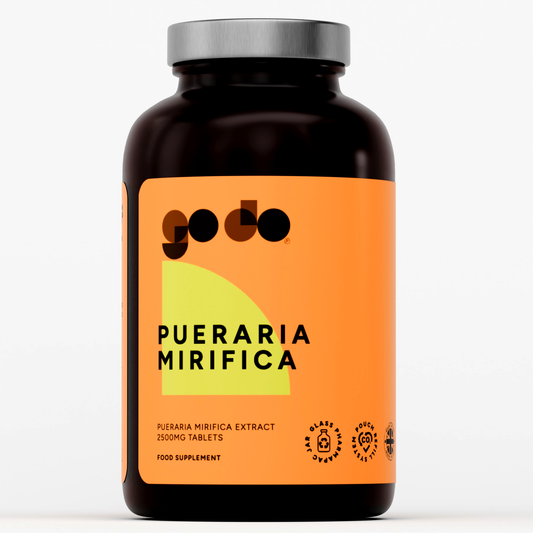The performance outcomes of individuals have improved during the last fifty years. There are many explanations for these elevations in performance, but unmistakably the aptitude to tolerate higher training loads is at the centre of this occurrence. Enhancements in performance are a direct consequence of the quantity and quality of work the individual realises during training. From beginners to elite athletes, the training workload must rise gradually and be varied intermittently according to each individual’s physiological capability, psychological aptitudes, and work tolerance. Loading paradigms vary among different regions of the world, but a brief examination of several loading theories is presented next.
Standard Loading
Standard loading encompasses the use of comparable training loads and densities during the course of the training period. When it is used frequently during training, performance improvements occur only during the early portion of this phase. If this persists, performance will almost certainly plateau, and will most likely worsen, especially during the latter part of training. Modern training theorists propose that this type of loading is suboptimal in almost all circumstances and that plans using step loading, conjugated sequencing, or summated micro-cycles may end in superior performance boosts in the long term.
Linear Loading
The linear loading of training is a model that seems to violate many of the principles of periodization. Despite this, it is a very popular loading paradigm. According to the original supporters of this principle, performance will improve only if the individual trains at his or her maximal capacity against workloads that are progressively increased and are increasingly higher than those usually encountered. Although the literature has plainly demonstrated that the training load should be enlarged across the training cycle, this method may only be valuable during a short period of time, and periods of restitution are required to maximise adaptive responses. If linear loading is commenced for a long period of time, overtraining will likely result. If this transpires, the individual will display physiological and psychological maladaptations, a reduction in markers of performance, and a great level of exhaustion. Thus, linear loading in its unadulterated sense is not an ideal way to train, apart from when implemented for short periods of time, because it does not permit sufficient time for recovery, and the probability of burnout and injury grows incrementally.[1][2]








